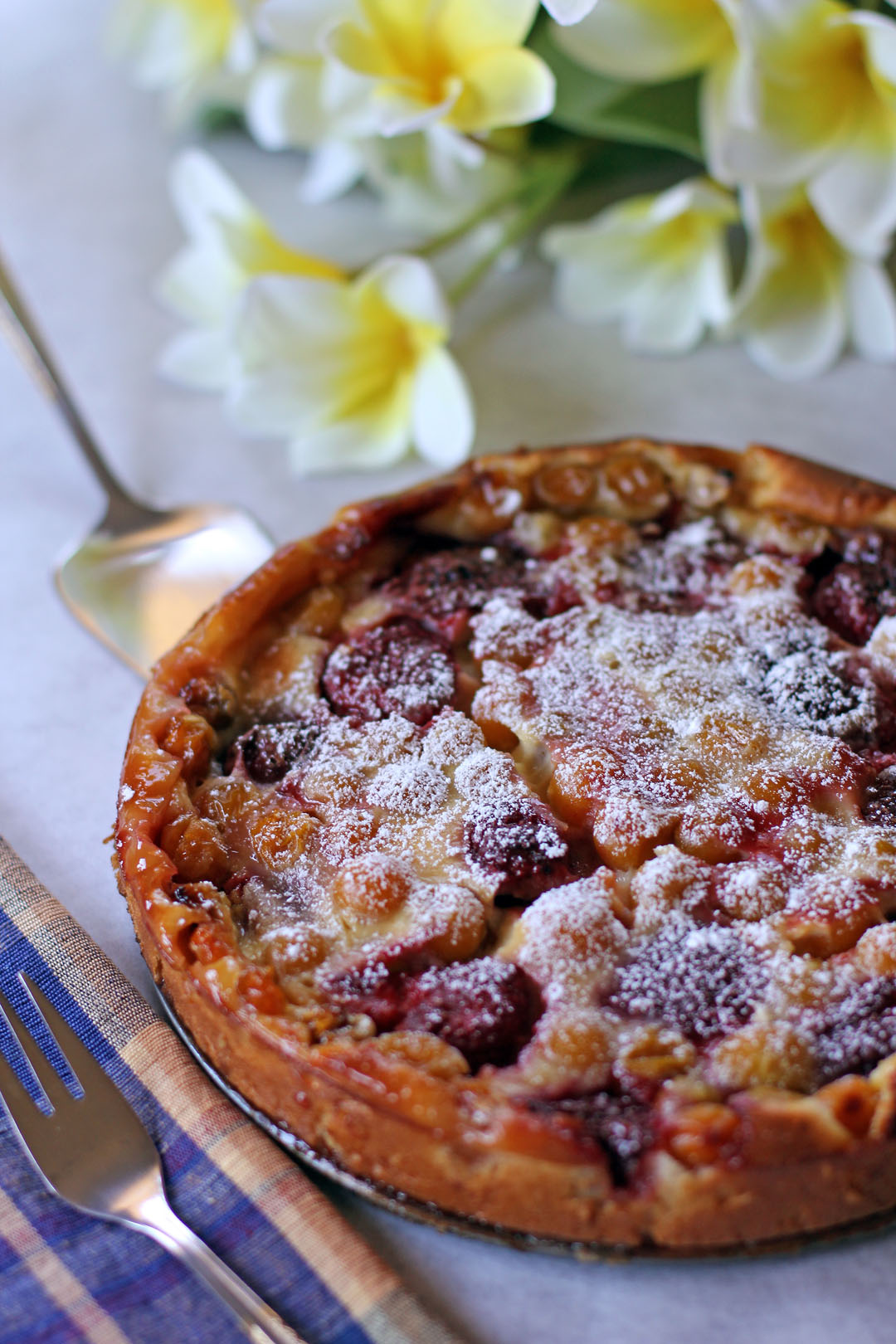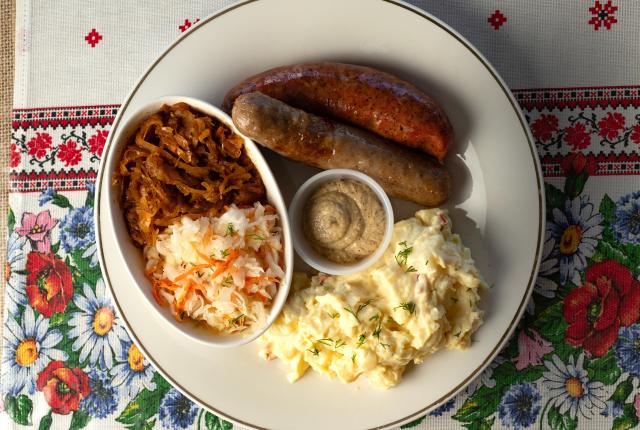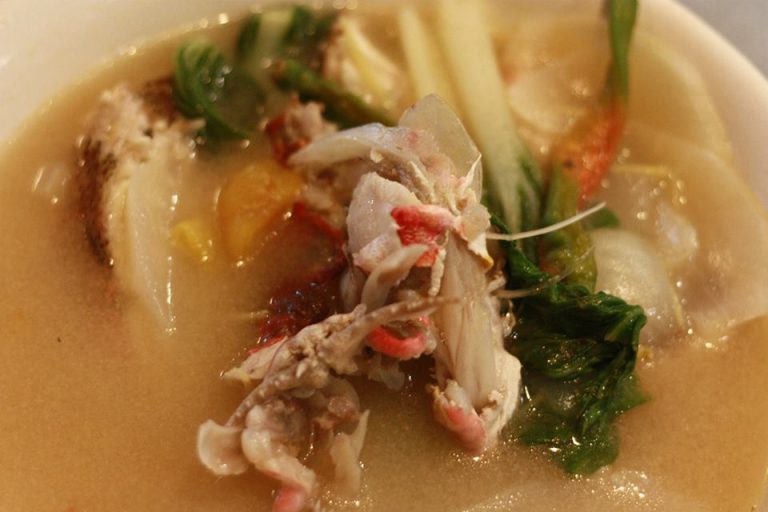Gooseberry Pie: Recipe, History, and Variations
Gooseberry pie traces its roots back to Europe, primarily in the United Kingdom. Known as a classic British dessert, gooseberries became popular in the 16th century. Their cultivation increased due to their resilience in temperate climates. Gooseberry pies featured prominently in English and Scottish culinary traditions. References to the pie appear in literature and cookbooks from the 18th century, underscoring its cultural prominence.
Evolution Of The Recipe
Over the centuries, the gooseberry pie recipe has evolved to fit regional tastes and ingredient availability. Traditional recipes start with fresh or canned gooseberries, sugar, and simple crusts. Early versions often included minimal seasoning to highlight the natural tartness. In modern adaptations, recipes may incorporate vanilla, almond extracts, or even other fruits to enhance flavor complexity. Although variations exist, the core identity of gooseberry pie remains a blend of tart and sweet encased in a flaky crust.
Key Ingredients for Gooseberry Pie
Choosing the Right Gooseberries
Selecting high-quality gooseberries defines the pie’s taste. Use fresh, ripe gooseberries for the best results. Choose berries that are firm but yield slightly to pressure. Opt for green gooseberries for a tart flavor, or red varieties for a sweeter touch. Ensure the berries are clean and free from blemishes. Freshness impacts the pie’s natural tartness and sweetness balance.
Additional Ingredients for Enhanced Flavor
Gooseberry pie benefits from a mix of complementary ingredients. Sugar counteracts the tartness of the gooseberries.
Common Additions:
- Granulated Sugar: Typically, 3/4 to 1 cup, depending on tartness.
- Cornstarch: Thickens the filling, 2-3 tablespoons prevent a runny pie.
- Lemon Juice: Enhances tartness, typically 1-2 tablespoons.
- Salt: A pinch deepens overall flavor.
- Vanilla Extract: Adds a mild sweetness, 1-2 teaspoons.
- Almond Extract: Adds a nutty note, 1/2 teaspoon.
- Cinnamon: Offers warmth, 1/2 teaspoon optional.
- Nutmeg: Adds depth, 1/4 teaspoon optional.
Incorporating these ingredients elevates the pie’s flavor profile and texture, making it delicious and memorable.
Step-by-Step Gooseberry Pie Recipe
Preparing the Gooseberries
Start with fresh, high-quality gooseberries for the best results. Wash 4 cups of gooseberries under cold water, then remove stems and tails. Halve or crush them to release juice and enhance sweetness. Combine the prepared gooseberries with 1 cup of granulated sugar, 1/4 cup of cornstarch, 2 tablespoons of lemon juice, and a pinch of salt. Stir these ingredients until well mixed, allowing them to rest for 15 minutes. This resting period lets the mixture thicken and flavors meld.
Making the Perfect Pie Crust
Prepare a flaky, tender crust to complement the tart gooseberry filling. In a large bowl, mix 2 1/2 cups of all-purpose flour, 1 teaspoon of salt, and 1 tablespoon of sugar. Cut 1 cup of unsalted butter into small cubes, then add it to the flour mixture. Use a pastry cutter or your fingers to blend until the mixture resembles coarse crumbs. Gradually add 1/4 to 1/2 cup of ice water, mixing gently until the dough comes together. Divide the dough into two equal parts, shape each into a disc, and wrap in plastic wrap. Refrigerate for at least 1 hour.
Assembling and Baking the Pie
Preheat your oven to 425°F (220°C). Roll out one disc of dough on a lightly floured surface to fit a 9-inch pie dish. Transfer the dough to the pie dish, letting the edges overhang slightly. Pour the gooseberry filling into the crust, spreading it evenly. Roll out the second disc of dough and place it over the filling. Trim the excess dough, then seal and crimp the edges. Cut a few slits in the top crust to allow steam to escape. Brush the crust with a beaten egg, then sprinkle with 2 tablespoons of granulated sugar. Bake the pie for 25 minutes, then reduce the oven temperature to 375°F (190°C) and continue baking for an additional 20-25 minutes until the crust is golden brown and the filling is bubbly. Allow the pie to cool for at least 2 hours before serving to let the filling set.
Variations of Gooseberry Pie
Vegan and Gluten-Free Options
Creating a vegan and gluten-free gooseberry pie allows you to enjoy this classic dessert with dietary preferences in mind. For the crust, substitute all-purpose flour with a blend of gluten-free flours like almond flour and tapioca flour. Use coconut oil or vegan butter instead of traditional butter to achieve a flaky texture. For the filling, replace the usual sugar with coconut sugar or maple syrup for a refined sugar-free version. Use arrowroot powder or tapioca starch instead of cornstarch to thicken the filling. This approach maintains the pie’s essence while accommodating dietary needs.
Regional Twists on the Classic Recipe
Gooseberry pie boasts various regional adaptations, each adding unique flavors and ingredients. In the Midwest, some bakers add rhubarb to the filling, enhancing the tartness. In the Southern United States, a popular variation includes a layer of cream cheese between the crust and the filling, adding richness. In New England, a streusel topping made of oats, brown sugar, and cinnamon offers a delightful crunch. These regional twists reflect local tastes and ingredients, making each version distinctive while preserving the core concept of a gooseberry pie.
Serving and Pairing Suggestions
Recommended Dessert Pairings
Pair gooseberry pie with complementary desserts for an enhanced dining experience. Vanilla ice cream or whipped cream adds a rich, creamy texture that balances the tartness of the gooseberries. If you prefer something lighter, try serving with a dollop of Greek yogurt sweetened with honey. Including a bowl of mixed berries, like strawberries and blueberries, offers a freshness that contrasts with the baked pie. For a more indulgent treat, consider chocolate truffles, which their richness matches well with the pie’s flavor.
Wine Pairing Ideas
Select wines that complement the tart-sweet flavor of gooseberry pie. A late harvest Riesling, known for its sweetness and acidity, pairs well by enhancing the gooseberry’s tart notes. Consider a Moscato d’Asti if you prefer a sparkling option; its effervescence and fruity undertones align beautifully with the pie. For a more robust choice, a light dessert wine such as Sauternes offers a honeyed depth that contrasts with the pie’s tartness. For individuals interested in non-alcoholic options, sparkling apple cider provides a refreshing alternative.
Conclusion
Gooseberry pie offers a delightful blend of tart and sweet flavors that can be customized to suit any palate or dietary need. Whether you stick to the traditional recipe or experiment with regional twists and modern adaptations there’s a version of this classic dessert for everyone. Pair it with your favorite dessert or wine to elevate the experience and enjoy a slice of history with every bite.






